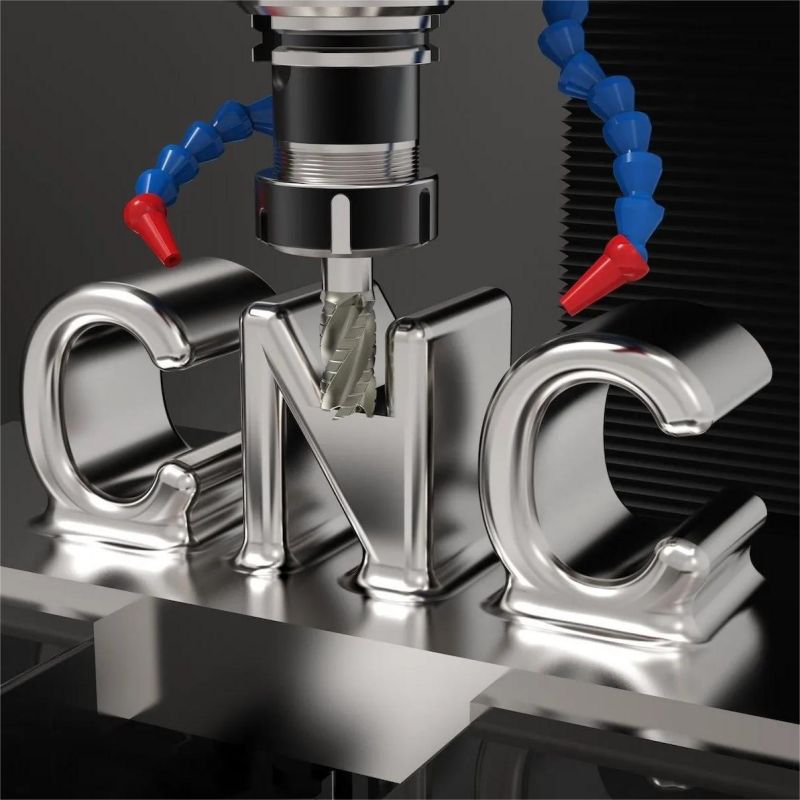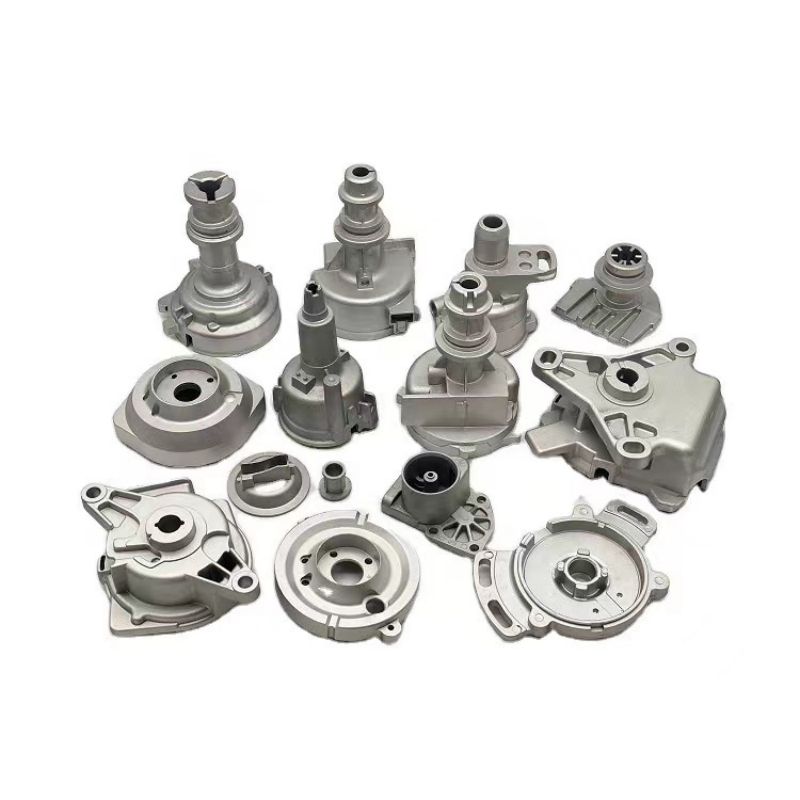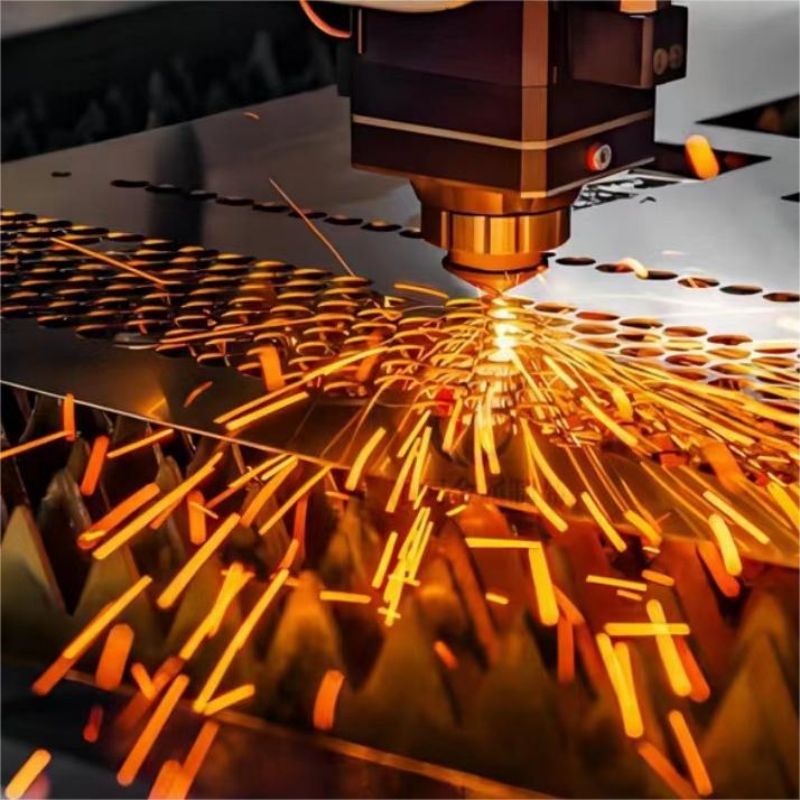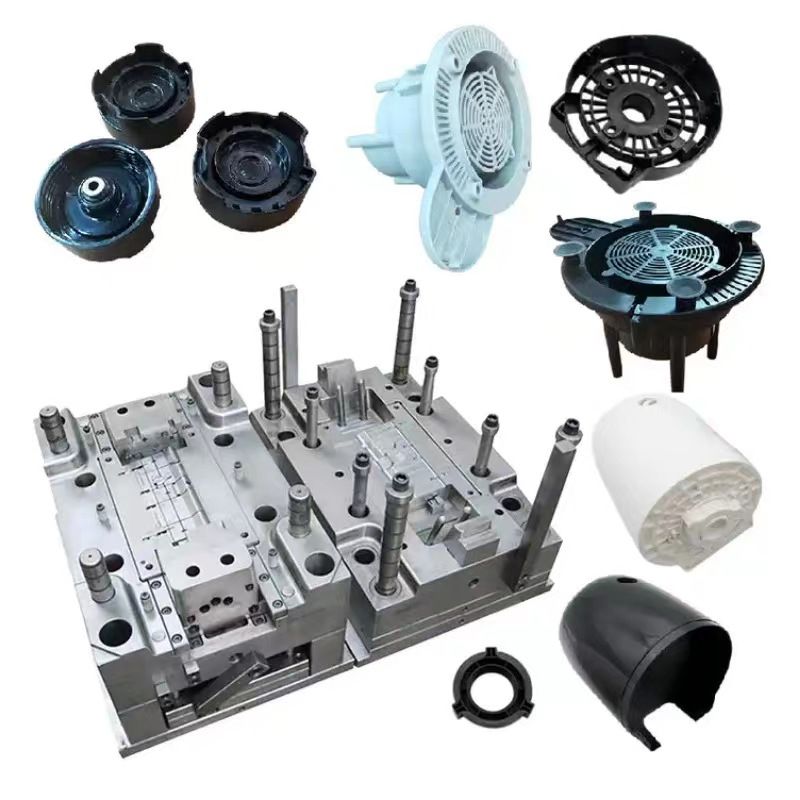Drone detectors are a critical piece of equipment used in a wide range of applications, including security surveillance, search and rescue operations, and environmental monitoring. By capturing images, sensing temperature, or identifying motion, drone detectors play an important role in missions, helping drones to perform their missions efficiently. To protect the high-precision sensor systems inside, the design and manufacture of drone detector housings must combine precision, durability, and lightness.
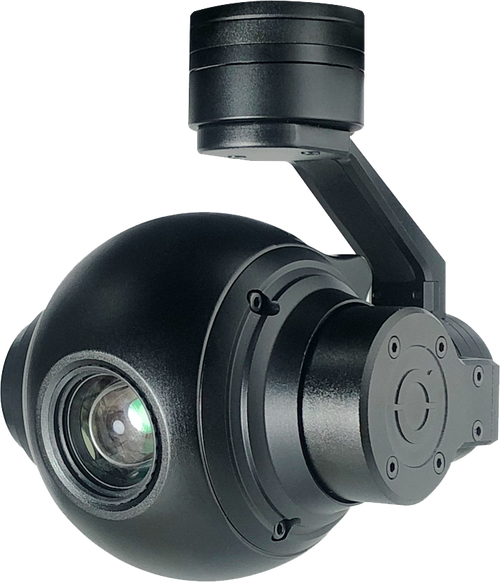
The working principle of the detector relies on a variety of sensors, such as infrared, radar and optical sensors. These sensors collect and process environmental data during the flight of the drone, and then transmit the information back to the ground station. To ensure that the detector works normally in various harsh environments, it needs a sturdy shell protection, which is crucial for the protection of sensitive equipment inside.
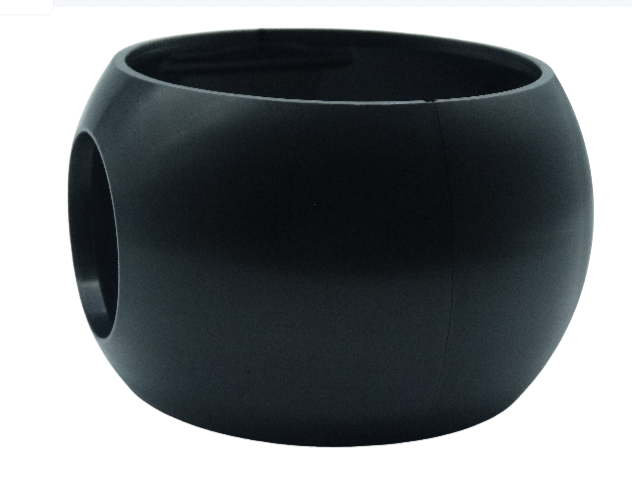
The housing of a drone detector is not only a protective barrier, but also includes several key components such as brackets and seals. The housing is responsible for resisting physical impact, moisture and electromagnetic interference to ensure the stable operation of the detector. The bracket fixes the detector so that it will not move due to vibration or collision during flight, thereby ensuring the accuracy of the data. The sealing component plays a role in dustproof, waterproof and heat-resistant, ensuring that the external environment will not have a negative impact on the detector.
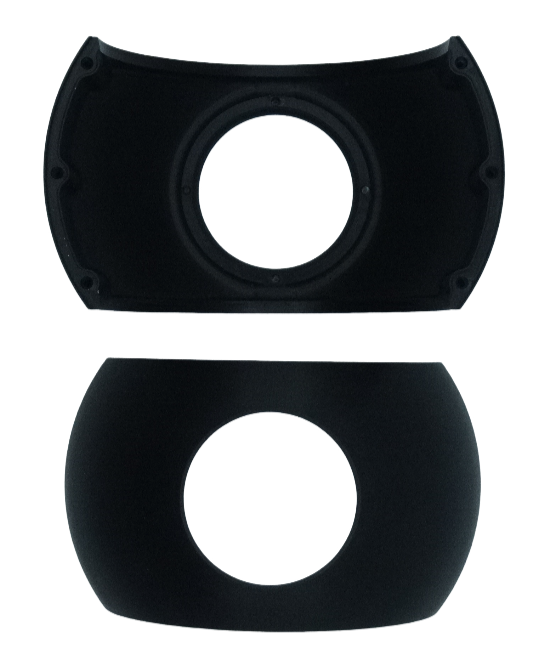
There are several important requirements for the design and manufacture of drone detector housings. First, the housing needs to be lightweight so as not to add to the drone's flight burden. Second, it must be strong enough to maintain performance in extreme environments, withstanding strong winds, rain, and temperature changes. In addition, the housing must be manufactured with precision to ensure that the detector can be perfectly installed and operate normally. In some cases, the housing needs to have electromagnetic shielding functions to prevent external electromagnetic interference from affecting the internal equipment.
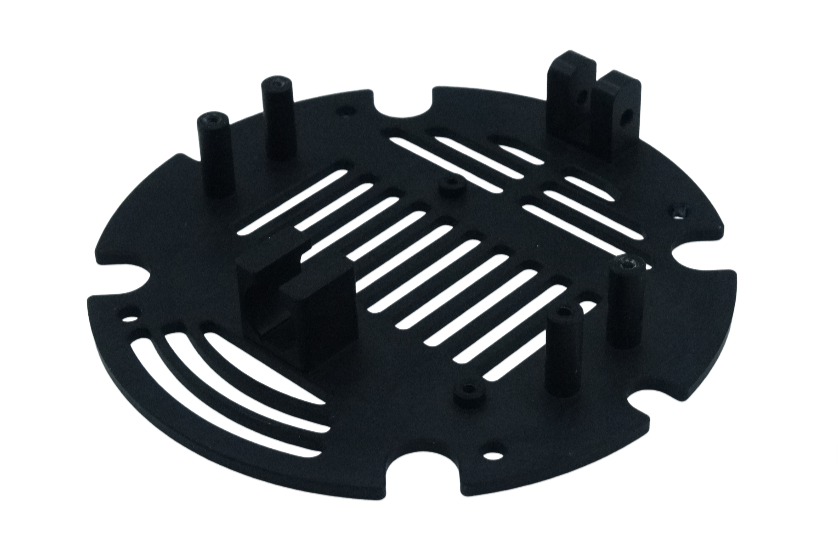
JXD has excellent technical strength and rich experience in the production of drone detector housings. Our factory is equipped with the most advanced CNC processing equipment and can use a variety of materials, including aluminum, titanium, magnesium, 3D printing, etc., and can customize various drone detector housings according to the specific needs of customers. Regardless of the material, we can process high-precision metal parts to ensure the quality and performance of the product.
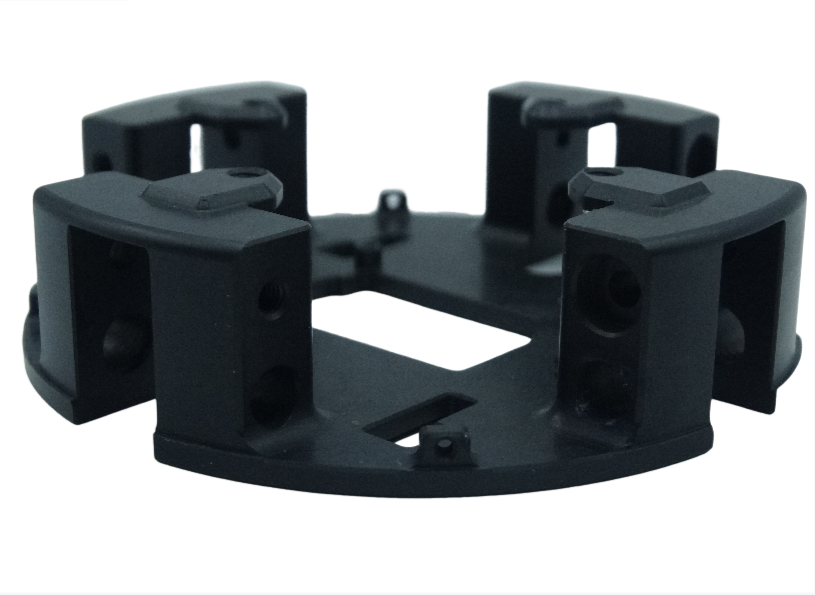
Our quality control system is very strict. From the initial design to the final production, each step is carefully tested to ensure that the shell accuracy fully meets the customer's design specifications. In addition, JXD provides customized services, including sample testing, to ensure that the product has been fully tested before going into production. We also provide a variety of surface treatment solutions, such as anodizing, to ensure that the shell has high corrosion resistance and wear resistance, and can work stably for a long time.
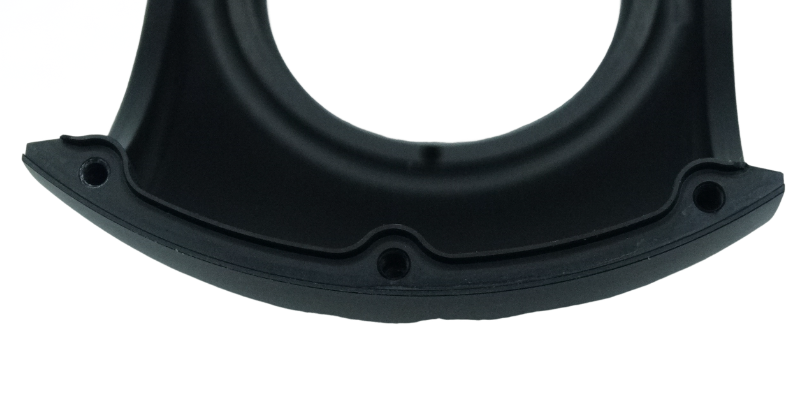
JXD has accumulated rich experience in the production of drone detector parts. We can not only meet customers' precise requirements for the shell, but also provide customized processing services for other drone parts. Through precise processing and reliable production processes, we help customers improve product performance and ensure that they have an advantage in market competition.

